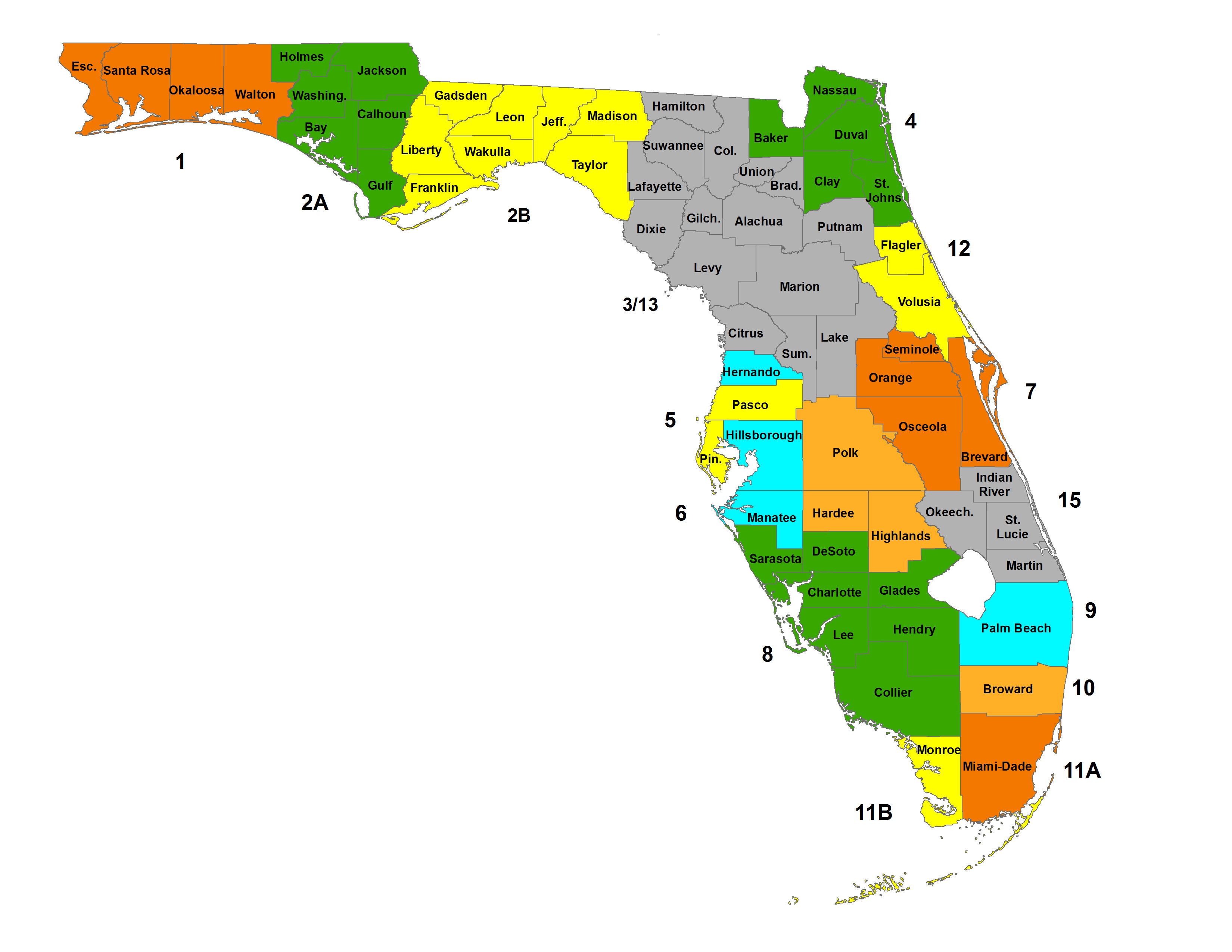It's a New Day in Public Health.
The Florida Department of Health works to protect, promote, and improve the health of all people in Florida through integrated state, county, and community efforts.
PrEP/PEP
HIV/AIDS
- 850-245-4422
- DiseaseControl@flhealth.gov
-
Mailing Address
HIV/AIDS Section
4052 Bald Cypress Way
Tallahassee, FL 32399
Other PrEP Provider Directories
PEP (Post-Exposure Prophylaxis)
To be effective, PEP must begin within 72 hours of exposure. A physician must determine what treatment is appropriate based on the nature of the exposure. PEP typically consists of 2–3 antiretroviral medications taken for 28 days.
Starting PEP after a potential exposure does not guarantee HIV prevention, but the sooner PEP is started, the better. Every hour counts. Follow-up testing is important to determine if any next steps are needed.
PrEP (Pre-Exposure Prophylaxis)
PrEP is a comprehensive HIV prevention strategy that involves the daily oral use or bi-monthly injection of antiretroviral medications to reduce the risk of acquiring HIV.
PrEP should be used along with other prevention methods to reduce the risk of other sexually transmitted infections and unwanted pregnancy.
Visit our PrEP Locator to find a PrEP or nPEP provider in Florida.
PrEP Provider Resources
FloridaHealth PrEP provider toolkits, resource guides, posters, and brochures are available upon request. Contact Disease Control for additional information.
- AETC Guidelines for PrEP and PEP
- Clinical Practice and Provider Guidelines
- NASTAD PrEP/PEP Access Microsite
General Audience Resources
PEP—Additional Info and Resources
There are two types of PEP:
- Occupational PEP, for an exposure that happens in the workplace (such as a needle stick in a health care setting)
- Non-occupational PEP (nPEP), for when someone is potentially exposed to HIV through sexual intercourse or injection drug use
PEP Provider Resources
- Antiretroviral Post-Exposure Prophylaxis after Sexual, Injection Drug Use, or Non-Occupational Exposure to HIV - Updated Guidelines
- OSHA Factsheet




Connect with DOH